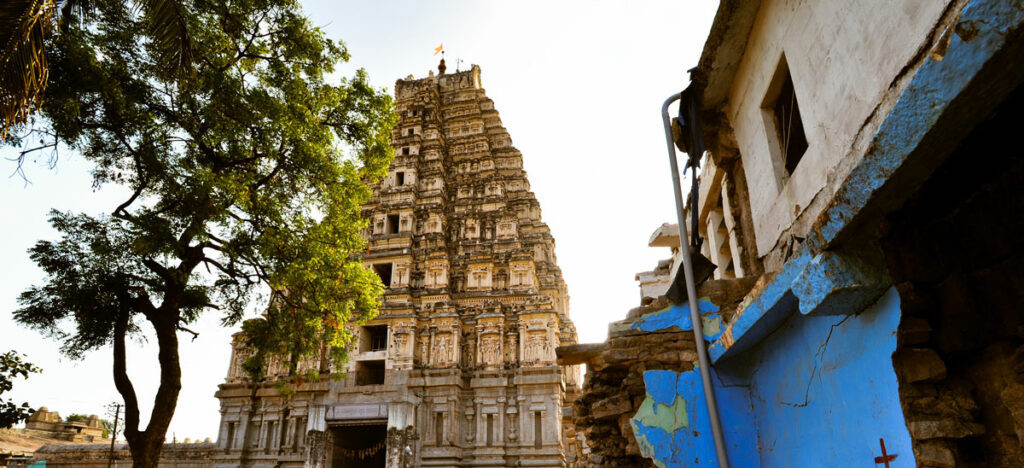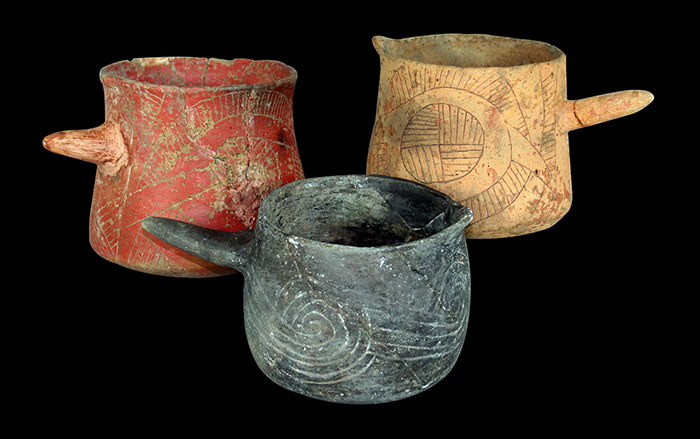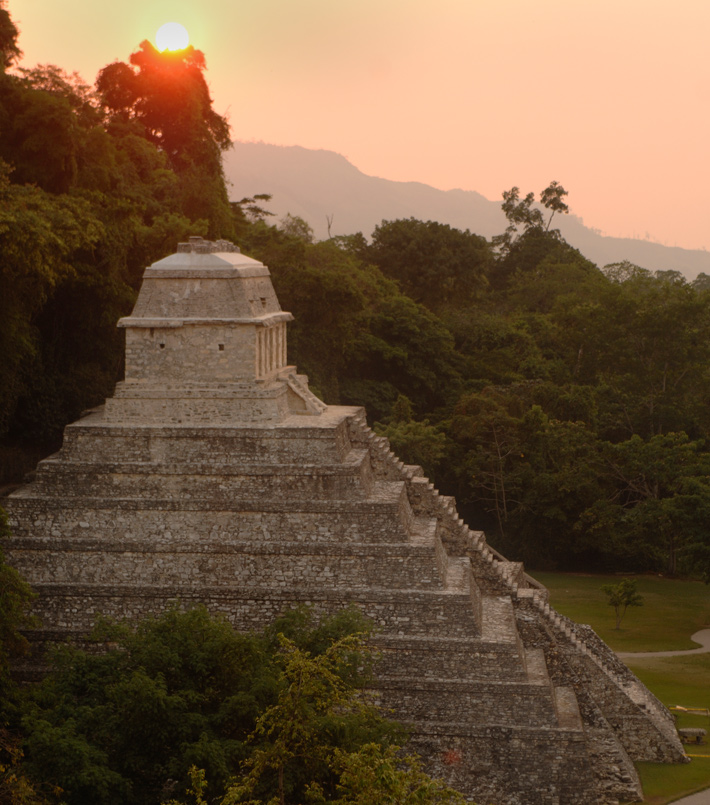Pamela Willoughby of the University of Alberta may have uncovered evidence of continuous human occupation of two sites in Tanzania dating back at least 200,000 years. At Mlambalasi, fragments of a human skeleton dating to the late Pleistocene Ice Age were discovered. During this time period, it is thought that human populations dropped to near extinction levels. The other site, Magubike, has a large rock shelter with an overhanging roof. Human teeth, animal bones, shells, and stone tools have been found in its occupation layers dating from the middle Stone Age through the Iron Age. Radiocarbon dating and electron spin resonance are being used to test the archaeological deposits. “What’s important about the whole sequence is that we may have a continuous record of human occupation. If we do—and we can prove it through these special dating techniques—then we have a place people lived in over the bottleneck,” she said.
How to Survive the Bottleneck in Tanzania
News December 22, 2012
Recommended Articles
Off the Grid January/February 2026
Prophetstown, Indiana

Letter from France January/February 2026
Neolithic Cultural Revolution
How farmers came together to build Europe’s most grandiose funerary monuments some 7,000 years ago

Features January/February 2026
The Cost of Doing Business
Piecing together the Roman empire’s longest known inscription—a peculiarly precise inventory of prices

Features January/February 2026
The Birds of Amarna
An Egyptian princess seeks sanctuary in her private palace

-
Features November/December 2012
Zeugma After the Flood
New excavations continue to tell the story of an ancient city at the crossroads between east and west
 (Hasan Yelken/Images & Stories)
(Hasan Yelken/Images & Stories) -
Letter from India November/December 2012
Living Heritage at Risk
Searching for a new approach to development, tourism, and local needs at the grand medieval city of Hampi
 (Gethin Chamberlain)
(Gethin Chamberlain) -
Artifacts November/December 2012
Beaker Vessels
Ceramic beakers were the vessels of choice for the so-called “Black Drink” used at Cahokia by Native Americans in their purification rituals
 (Linda Alexander, photographer, use with permission of the Illinois State Archaeological Society)
(Linda Alexander, photographer, use with permission of the Illinois State Archaeological Society) -
Digs & Discoveries November/December 2012
The Desert and the Dead
 (Courtesy Bernardo Arriaza)
(Courtesy Bernardo Arriaza)


